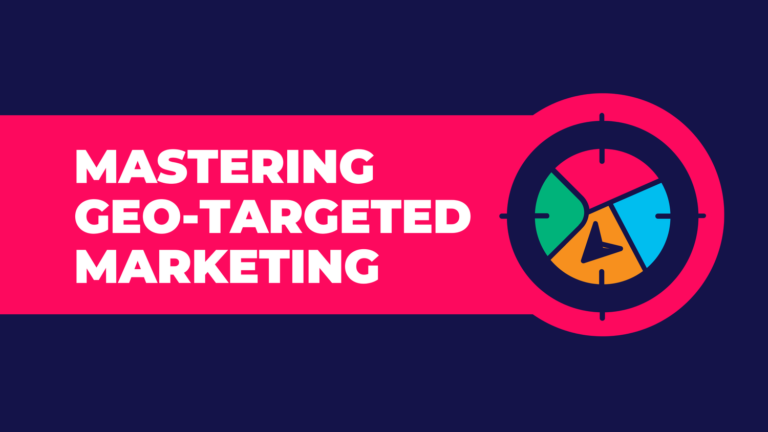In today’s digital landscape, content marketing continues to evolve, offering innovative strategies to enhance brand visibility and drive engagement. One such game-changing approach is the implementation of pillar pages—a cornerstone of effective content marketing that can significantly boost SEO and audience reach.
Defining Pillar Pages and Content Marketing
Content marketing revolves around creating and distributing valuable, relevant, and consistent content to attract and retain a clearly defined audience. Pillar pages are comprehensive pieces of content that serve as the central hub for a specific topic within a broader content strategy.
Understanding the Pillar Page Strategy
A pillar page is a robust, in-depth resource that covers a core topic comprehensively. It acts as a content anchor, providing a roadmap for related subtopics (or cluster content) while establishing authority and relevance in a specific niche or industry.
Benefits of Implementing Pillar Pages
1. Improved SEO and Organic Traffic
Pillar pages are designed to rank well in search engines due to their comprehensive nature and strategic use of keywords. They attract organic traffic by addressing a wide range of related queries.
2. Enhanced User Experience and Engagement
By organizing content around a central topic, pillar pages provide visitors with a user-friendly experience, allowing them to navigate through interconnected information seamlessly.
Creating Pillar Content
1. Identifying Core Topics
Selecting a core topic that aligns with your business goals and audience interests is crucial. This topic should be broad enough to cover various aspects but specific enough to maintain relevance.
2. Structuring Pillar Pages Effectively
Organize pillar pages using a hierarchical structure that includes subtopics and internal links. This structure enhances readability and helps search engines understand the content’s context.
Topic Cluster Strategy
Pillar pages are complemented by topic clusters—supporting content that dives deeper into specific subtopics related to the core theme. This strategy strengthens SEO by establishing semantic relationships between content pieces.
Optimizing Pillar Pages for Search Engines
1. Keyword Research and Optimization
Conduct thorough keyword research to identify relevant search terms. Incorporate these keywords naturally into the pillar page’s content, headings, and meta descriptions.
2. On-page SEO Techniques
Optimize headings, meta tags, and image alt text. Ensure proper formatting and use of HTML tags to enhance readability and search engine visibility.
Content Creation and Distribution
1. Crafting Comprehensive Content
Produce high-quality, authoritative content that addresses user intent and provides actionable insights. Include multimedia elements like infographics, videos, and interactive elements to enrich the user experience.
2. Promoting Pillar Pages Across Channels
Share pillar pages through email newsletters, social media, and industry forums to maximize visibility and encourage backlinks.
Measuring Success and ROI
1. Key Performance Indicators (KPIs) for Pillar Page Campaigns
Track metrics such as organic traffic, keyword rankings, dwell time, and conversion rates attributed to pillar pages. Use data-driven insights to refine content strategies.
2. Case Studies of Successful Pillar Page Implementations
Explore how leading brands have leveraged pillar pages to dominate search engine results and establish thought leadership within their industries.
Challenges and Solutions
1. Common Obstacles in Implementing Pillar Pages
Challenges may include content scalability, resource allocation, and adapting to evolving SEO algorithms. Address these issues by leveraging automation tools and collaborating with subject matter experts.
Future Trends in Pillar Page Strategy
Anticipate advancements in AI-driven content creation, personalized user experiences, and voice search optimization. Stay agile and embrace emerging technologies to maintain competitiveness.
Conclusion
Mastering the pillar page strategy is a transformative approach to content marketing that can elevate your brand’s online presence and authority. By investing in pillar pages and complementary topic clusters, businesses can unlock new opportunities for growth and engagement.
Ready to master your content strategy? Contact Optimum360 Agency today for expert content development. Let’s grow your brand’s online presence together!
FAQs
1. How do pillar pages impact SEO performance?
Pillar pages consolidate content around core topics, boosting keyword relevance and organic search visibility.
2. What role do topic clusters play in pillar page strategy?
Topic clusters support pillar pages by establishing semantic relationships and expanding content depth.
3. How can businesses measure the success of pillar page campaigns?
Track KPIs like organic traffic growth, keyword rankings, and conversion rates attributed to pillar pages.
4. What are some common challenges in implementing pillar pages?
Challenges may include content scalability, resource allocation, and maintaining topical relevance.
5. What future trends should businesses anticipate in pillar page strategy?
Expect advancements in AI-driven content generation, voice search optimization, and personalized user experiences.
Connect with us on social media for more valuable content.


